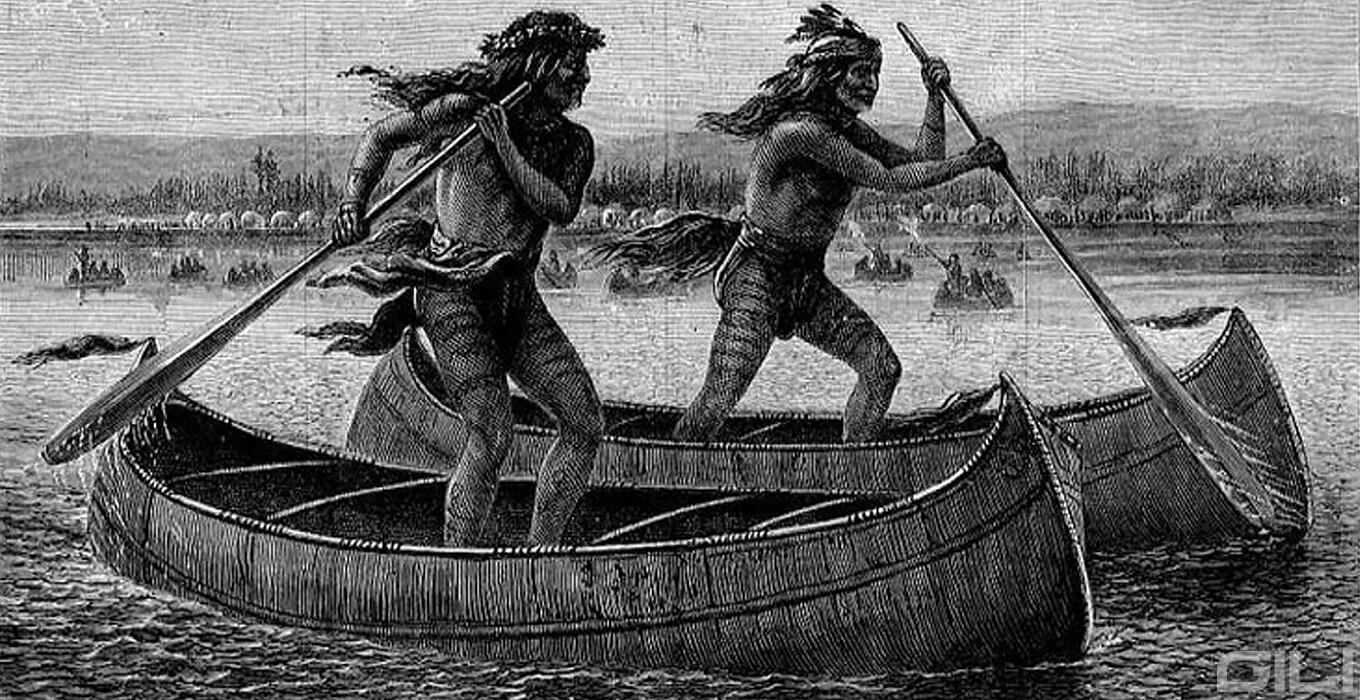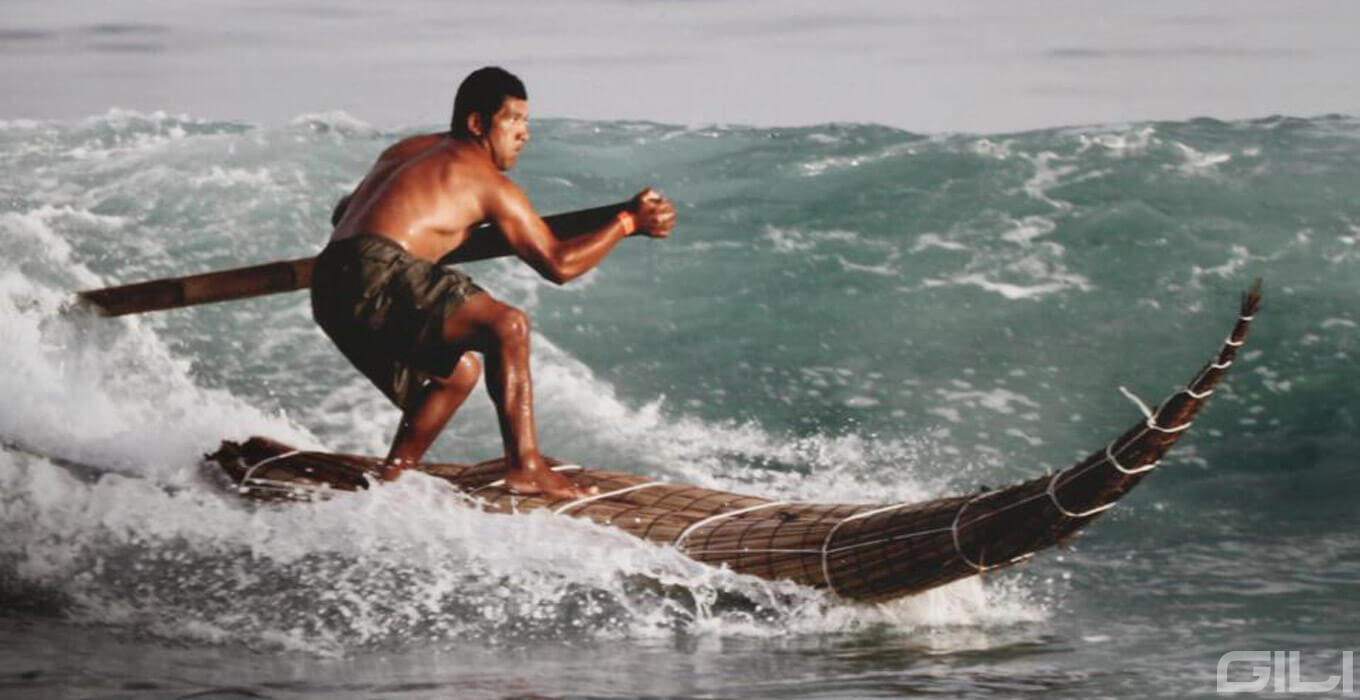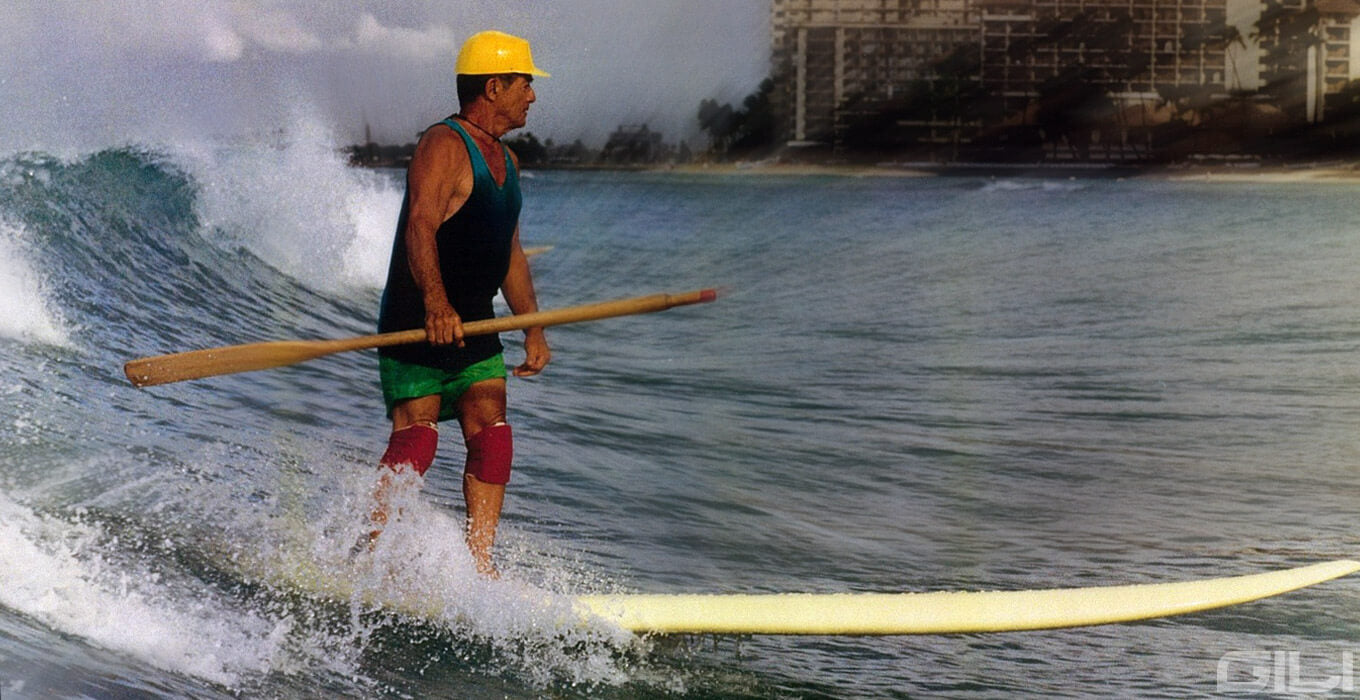Tu carrito está vacío

Have you ever wondered where stand up paddle boarding came from? Do you want to know who the not-so-evil genius was who decided to grab a paddle and an “oversized” surf board? Read on to find out who paddle boarding was invented and who the first paddle boarders were. You may be surprised - we were!
The SUP industry has come so far with exotic materials, custom shapes, inflatable SUPs, fancy deck pads and a whole lot more. However, SUP has some interesting ancient roots. Just like the ancient paddlers, you too don’t need the fanciest gear to enjoy the sport.
No one really knows who “invented” paddle boarding, or who was actually the first person to paddle board - that is - the first person who rode a floating platform with the aid of a paddle or pole. Although evidence exists of people using paddle board like devices thousands of years ago, modern day paddle boarding found it’s first influence in Hawaii and California.

But first let’s go way back to ancient history where the people of very cultures may have the been the world’s first true paddle boarders. In Peru, as far back as 3000 B.C., fisherman used an ancient watercraft they called Caballitos de Totora, [pic] made of reeds and highly unstable. The Peruvian fisherman used long bamboo shafts, similar to a paddle, to propel and guide the craft. If you believe the legends, the fisherman would surf the waves for fun after a hard day’s work. In ancient Africa, Warriors used spears as paddles on their canoes to silently sneak up on enemies. Somewhere between the 8th and 13th century AD, the Arab’s used their Hasake, a paddle board like vessel, to catch fish and later used by lifeguards. Clearly SUP has its mysterious, ancient roots, but where did paddle boarding change into what we know today?

You might know that the ancient Polynesians were some of the world’s first true surfers. On January 18, 1778, the British Explorer Captain James Cook became the first European to discover the Hawaiian Islands, sailing past Oahu and landing on the island of Kauai. It was there he discovered the that the local Polynesians lived to surf; it was central to their culture. The most skilled wave rider was traditionally the Chief, and he also had the best board made of the best wood. The chief’s board could be over 15 feet long, and sometimes a paddle was used to navigate into the waves due to the massive size of the board. Not only did the Polynesians pioneer surfing, they were the first modern day stand up paddle boarders!

Even though SUP didn’t quite explode back in 1778, modern day paddle surfing originated, once again, in Hawaii. As legend has it only three guys were stand up paddling in the 1950s and 1960s: Waikiki surf instructors Duke Kahanamoku and Leroy and Bobby Ah Choy. Leroy and Bobby has seen their father, John “Pops” Ah Choy (photo above), whom had a knee injury, stand up on a large surfboard with kneepads and a hardhat, paddling with a large kayak paddle. Duke and Pops’ two sons were looking for a better way to photograph their surf students and keep their cigarettes dry. They took inspiration from old man Pops and stand up paddling was born, cameras slung around their necks and cigarettes strapped to their arms. Stand Up Paddling still had yet to catch on with the masses…
 Famous big-wave surfer Laird Hamilton started SUPing as a way to train when the surf was down. In September of 2002, Laird was surfing in a six foot swell in Malibu, California while wielding a paddle with a huge American Flag.
Famous big-wave surfer Laird Hamilton started SUPing as a way to train when the surf was down. In September of 2002, Laird was surfing in a six foot swell in Malibu, California while wielding a paddle with a huge American Flag.
Few knew what he was doing, but it was clear that he was reintroducing Stand Up Paddle Boarding to the world, and the world was listening. While surfing had become a worldwide sensation it was desperate for a new innovation. When surf magazines captured Laird Hamilton with his SUP and American Flag, paddle boarding exploded.
Stand Up Paddling had instant appeal: paddlers no longer had to be near an ocean to enjoy feeling a board beneath their feet. You can SUP on any body of water - flat, waves, no waves, rivers. Not only that, stand up paddle surfing gave a breath of new life into surfing. You can now paddle out of crowded surf breaks to a lesser known wave or break and paddle surf in peace.
 A Polynesian Surfer in the Late 19th Century at Waikiki Beach, Oahu[/caption] Stand Up Paddle Boarding has boomed all across the USA, Europe, Australia and Asia. Recreational SUP is not only a great replacement option to the canoe or kayak, new SUP sports are emerging: SUP racing, SUP fishing, SUP surfing, SUP yoga, SUP white water paddling and more. Hop on a paddle board and you’ll realize why the sport is here to stay.
A Polynesian Surfer in the Late 19th Century at Waikiki Beach, Oahu[/caption] Stand Up Paddle Boarding has boomed all across the USA, Europe, Australia and Asia. Recreational SUP is not only a great replacement option to the canoe or kayak, new SUP sports are emerging: SUP racing, SUP fishing, SUP surfing, SUP yoga, SUP white water paddling and more. Hop on a paddle board and you’ll realize why the sport is here to stay.
Do you know any interesting information about the early days of paddle boarding we haven’t mentioned? Comment here - and we’ll investigate!
Los comentarios se aprobarán antes de mostrarse.